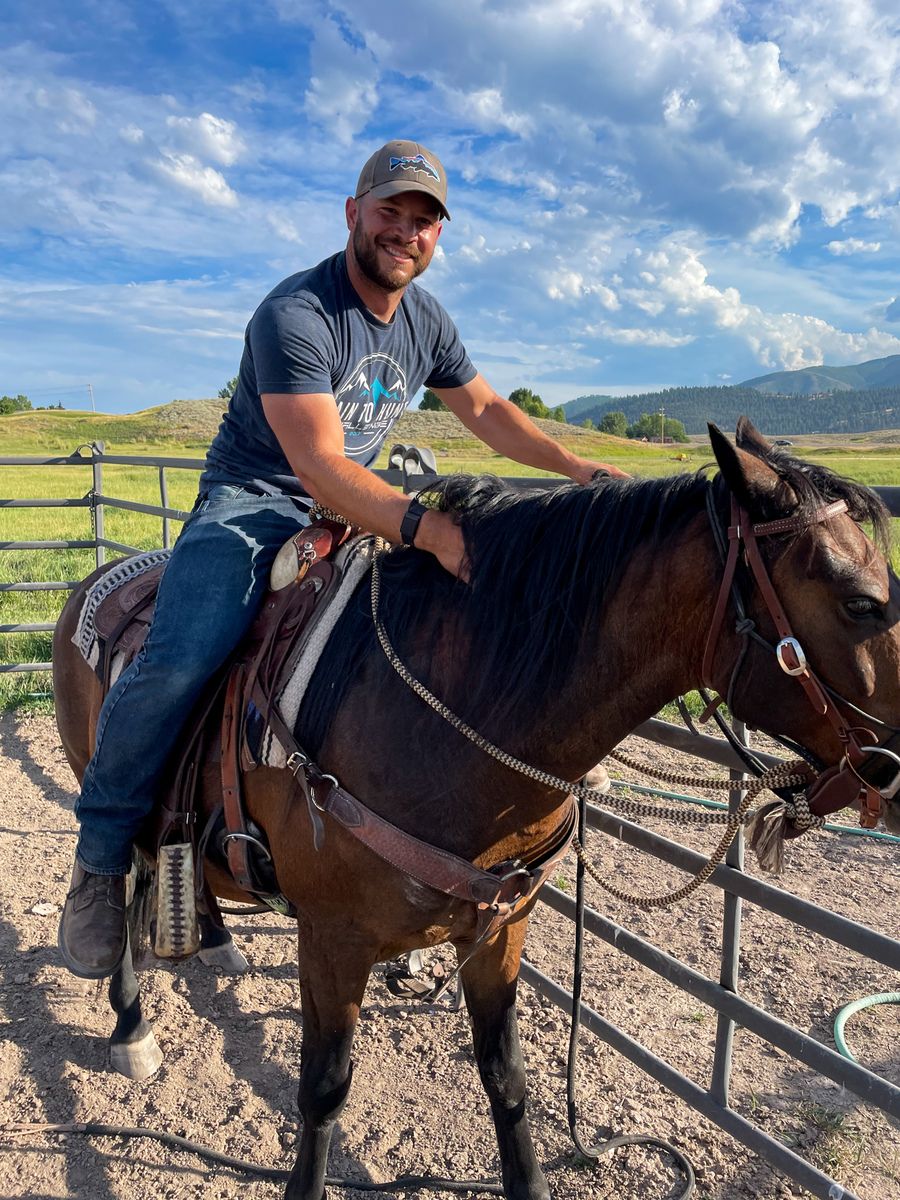
In the wild, horses can put on a lot of miles over a day, month, and year.
They have to!
They don't have an all-you-can-eat buffet of food and water readily available (like domestic horses do).
Putting on those miles exposes horses in the wild to a variety of terrains which help naturally wear down their hooves.
Domestic horses don't have that ability.
They can't naturally wear down their hooves because they cannot naturally wear down their hooves. The soft surfaces in a pasture aren't abrasive enough. Thus, a domestic horse's hooves would continue to grow if left alone. Potentially leading to issues with their gait that could eventually lead to serious physical ailments.
Wild Horse Hooves Are Different Than Domestic Horse Hooves
The strongest trees in the forest are the ones that get exposed to the most intense wind and weather. They have to be. Otherwise, they would fall over.
Similarly, wild horse hooves tend to be much harder than their domestic counterparts. By traveling upwards of 20-40 miles a day over (often) rough terrain, that constant pounding hardens up their hooves.
That is why (in the wild) they don't need shoes.
You will notice mustang hooves tend to chip when they get a little long. The hoove material is so hard, they can nock it on something, a piece will start to break off, and (eventually) it will chip away.
Quality Hooves and Natural Selection
Mother nature is very unforgiving.
A horse with terrible hooves in the wild doesn't make it. If a horse has issues with their feet and comes up lame, there isn't a vet waiting there to take care of them. Instead, there is a mountain lion ready for a meal.
In a domestic environment, quality breeding takes the place of natural selection. So, for example, if a horse has terrible hooves or foot issues, a quality breeder would ensure those genetics don't get passed on.
In addition, if a horse develops foot issues, they benefit from a professional farrier and veterinary care to help get them back on the right track.
What Happens If Horse's Hooves Are Not Trimmed?
What would happen if you never trimmed your nails?
Eventually, it would affect how you use your hands and feet (maybe developing into other issues down the road).
The same goes for your horse's hooves.
They are the foundation of your horse, and they must get trimmed on a regular schedule.
How often should you trim your horse?
Scheduling a trim with your local farrier every eight weeks is a good starting point. Then, depending on the horse's needs and how much work it does, you may increase or decrease the frequency from there.
What happens if you let that trimming interval stretch too far out?
Their hooves can get overgrown in a hurry. When that happens, it can cause stress to the connective tissue in the feet and legs. Potentially leading to severe health problems.
Do Wild Horses Need Shoes?
In the wild, they clearly can't get shoes; but, once they start living in a domestic environment, their feet can tend to soften a bit.
For easy life in the pasture, shoes aren't necessary, but if you plan on doing a bunch of riding or packing (where the horse is going to carry significant weight), putting some shoes on your mustang may be a good idea.
When in doubt, always defer to the professionals.
Ask your farrier, especially someone with experience working with mustangs, and they will point you in the right direction.
How To Take Care Of Your Wild Horse's Hooves Moving Forward
I can give you a definitive cut-and-dry plan that you should adopt verbatim.
Your horse is different than mine.
Where you live may be different than Montana.
What you do with your horse may be different than what I do.
That said, start by contacting your farrier and have them evaluate your horse.
Establish a baseline.
See how your horse moves around and how its feet look. Then, they can see if any structural changes need to be addressed by trimming.
After that, get on the calendar.
Farriers can get booked up quickly.
So, get on the schedule for a trim every 8-10 weeks. Then, address any issues or needs as they come up.
Do these things, and you are setting your horse up to move great and live a long and healthy life.
